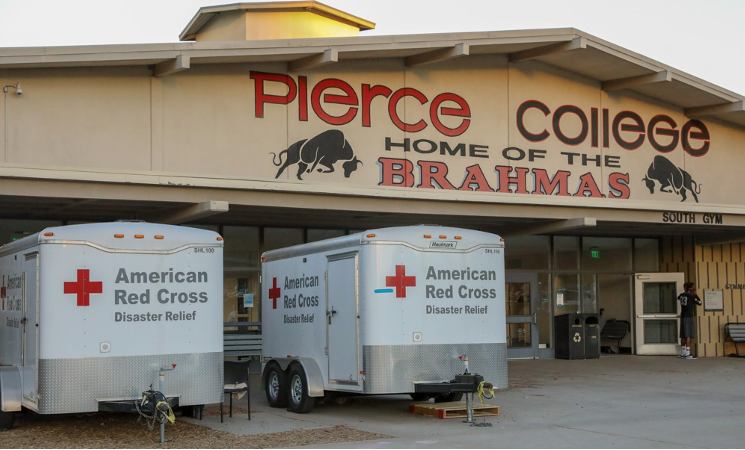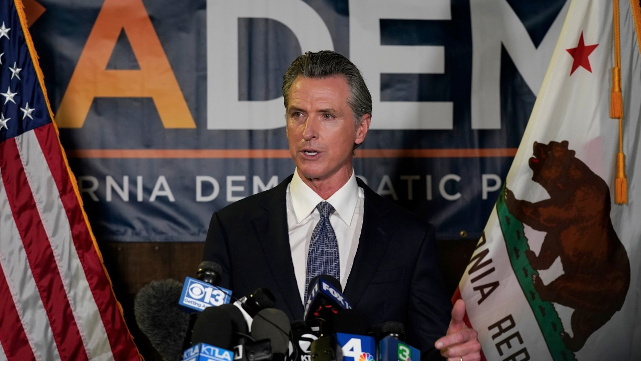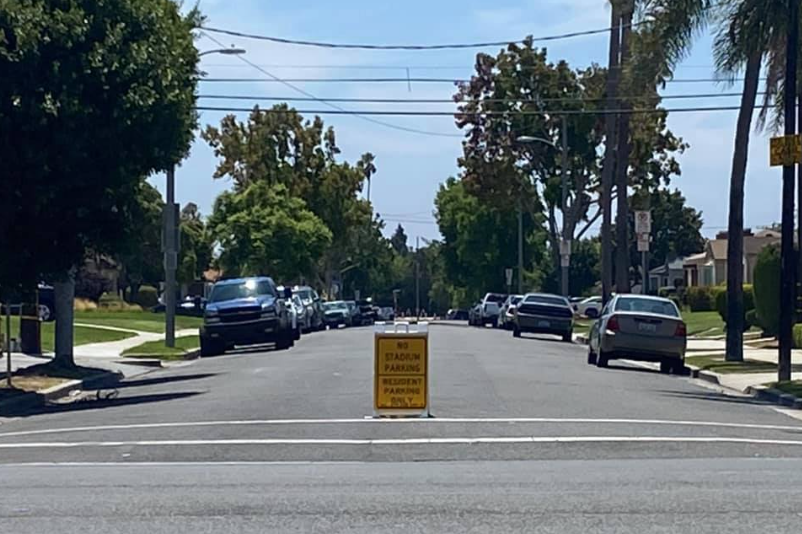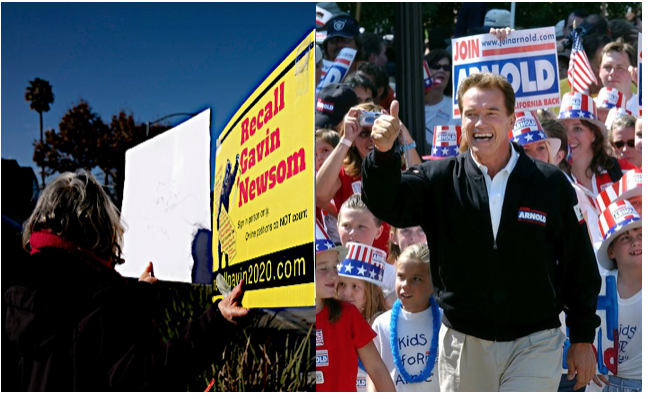Mike Feuer Under State Bar Investigation, Consumer Watchdog Reveals
Letters received from the state bar and sources confirmed by journalist Justin Kloczko show that Los Angeles City Attorney Mike Feuer is under investigation by the state bar for his role in the DWP billing scandal.


























